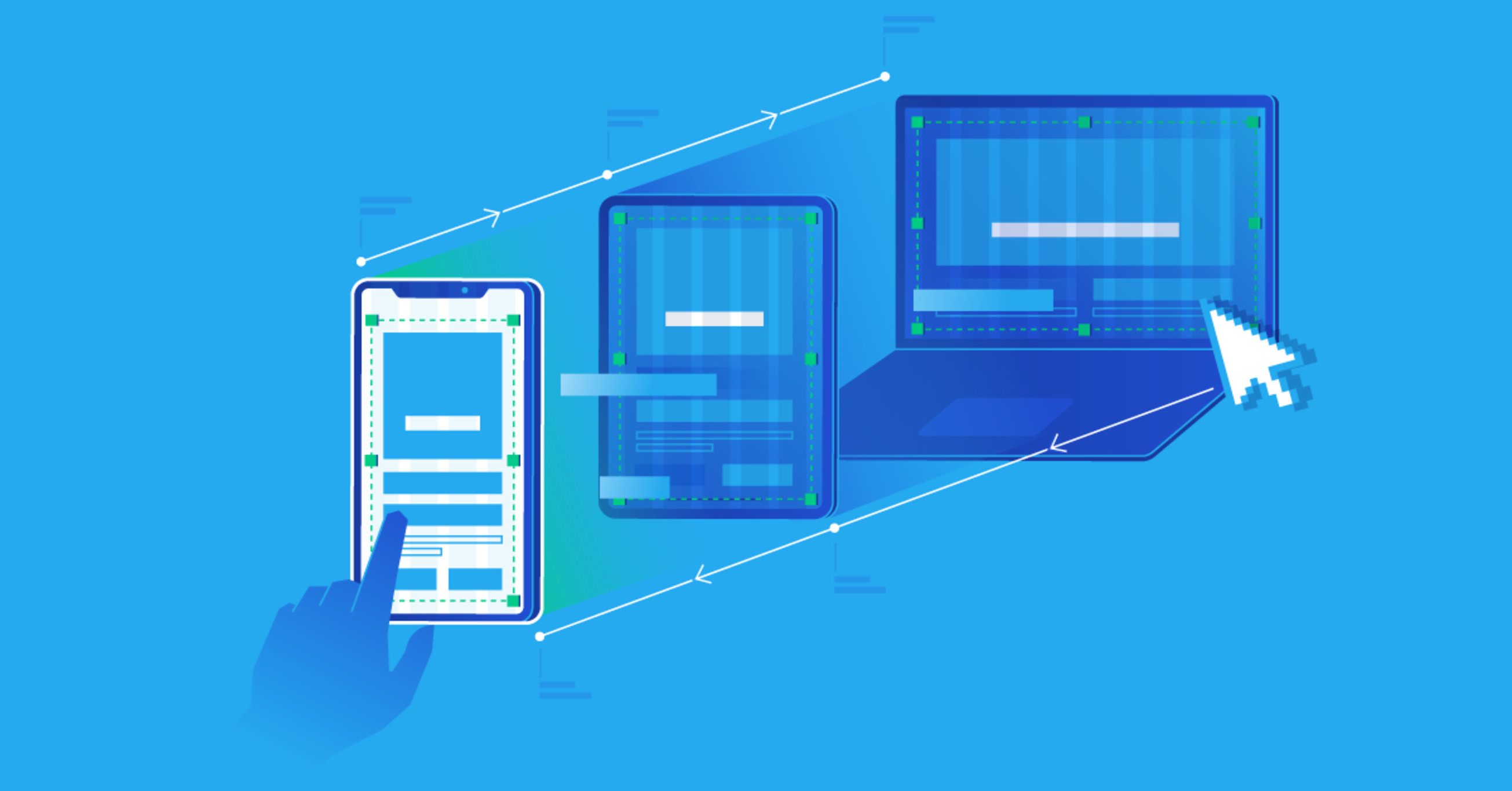
January 23, 2025
Building a Responsive UI with Material Design Components
Why are some Android apps smooth and simple across screen sizes while others are clunky and awkward? A responsive UI ensures a good user experience. Material Design with ConstraintLayout help developers layout phones, tablets, and foldable devices. This article shows you how to utilize these tools to build adaptable layouts that look and feel great wherever.
What is Material Design?
Material Design by Google creates beautiful, consistent user experiences across platforms. It stresses clarity, typography, depth, and hierarchy. Interactive and adaptive Material Design components like buttons, cards, and floating action buttons (FABs) make apps fun on any device.
Everything is responsive using material design. Scalable and adaptable components may improve smartphone and tablet app appearance.
Why ConstraintLayout for Responsive Design?
Using ConstraintLayout to create responsive Android app layouts is impressive. ConstraintLayout restricts UI element relationships instead of spots. Your application needs this flexibility to adapt to different screen sizes and orientations.
Key features of ConstraintLayout include:
- Guidelines: Lines that you can not see that connect plan views.
- Barriers: Borders that change based on the sizes of close elements.
- Chains: Let you change the order of elements in complex layouts.
These tools let you develop responsive layouts that retain visual harmony across devices.
Key Material Design Components to Use for Responsiveness
Building a responsive UI requires components that automatically change to screen sizes. Here are some crucial points
Material Design components:
- Material Buttons: These buttons can adjust in size and form to fit the area while remaining usable.
- Material Cards: Cards neatly arrange similar data. Their automated content and screen size adjustments make your application lovely and simple to use.
- Navigation Drawer & Bottom Navigation: These components adapt to screens. They can be a sidebar on larger screens or a slide-out drawer or bottom navigation bar on smaller ones.
- Floating Action Button: Adjusting the FAB makes it accessible without challenging the UI on various screen sizes and orientations.
Implementing Adaptive Layouts with ConstraintLayout
Let's use ConstraintLayout to create an adjustable layout:
- Define Constraints: Here align the UI elements with the constraints. Anchor a button to the screen's bottom and than center it horizontally.
- Use Scalable Units: Size definitions should use dp and sp to ensure device homogeneity.
- Handle Different Orientations: Most importantly make your layout screen-friendly. Landscape mode allows horizontal scrolling of vertical lists.
Look at this example:
<androidx.constraintlayout.widget.ConstraintLayout
xmlns:android="http://schemas.android.com/apk/res/android"
android:layout_width="match_parent"
android:layout_height="match_parent">
<Button
android:id="@+id/myButton"
android:layout_width="wrap_content"
android:layout_height="wrap_content"
android:text="Click Me"
app:layout_constraintBottom_toBottomOf="parent"
app:layout_constraintEnd_toEndOf="parent"
app:layout_constraintStart_toStartOf="parent" />
</androidx.constraintlayout.widget.ConstraintLayout>
Testing and Fine-Tuning Your UI
After UI setup, test. Android Studio Layout Inspector and Emulator are great for testing apps on several devices and orientations. To guarantee that the app works everywhere, test it on several screen sizes.
Additionally, check font sizes, padding, and margins. These little tweaks may increase device readability and engagement.
Conclusion
Today's mobile environment requires responsive UI. Material Design and ConstraintLayout provide responsive layouts on several devices. Try these tools to create modern, user-friendly apps that look great on any device.
1.1k views
